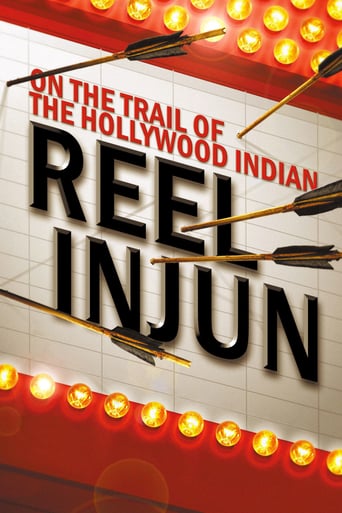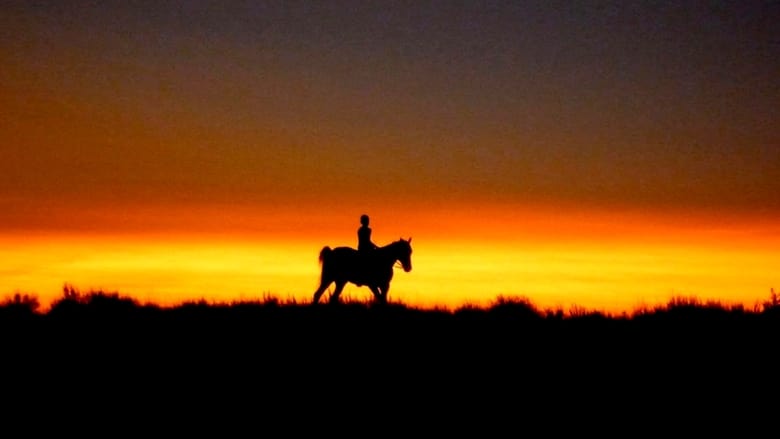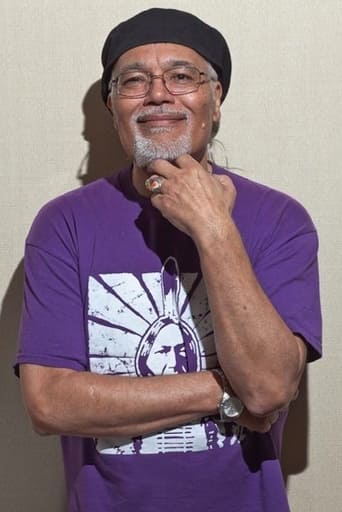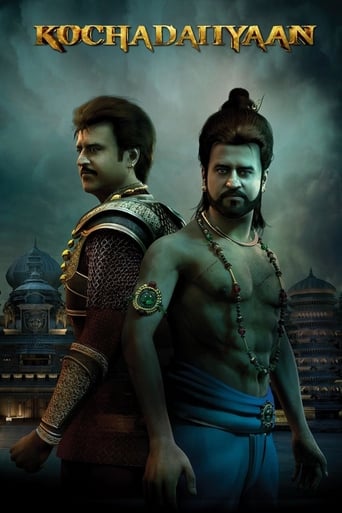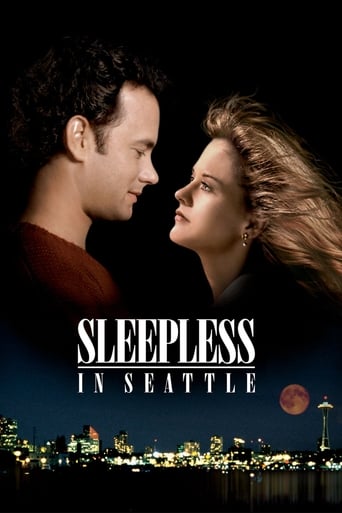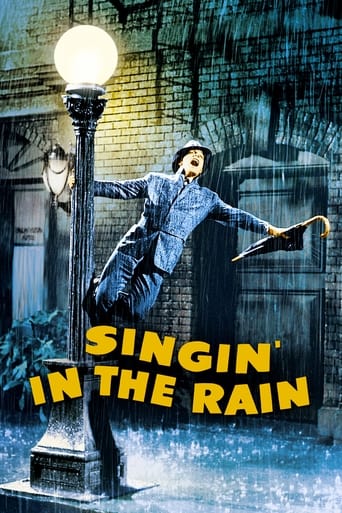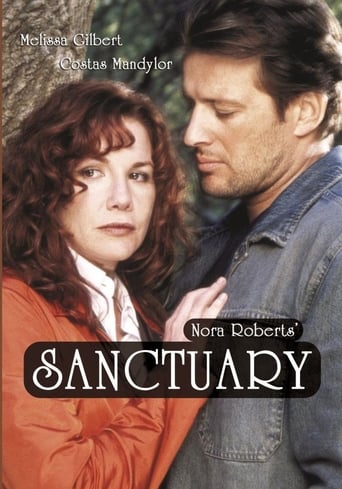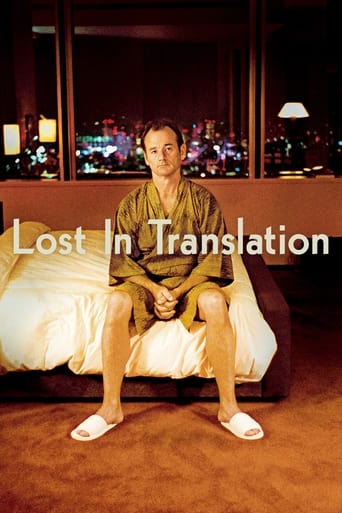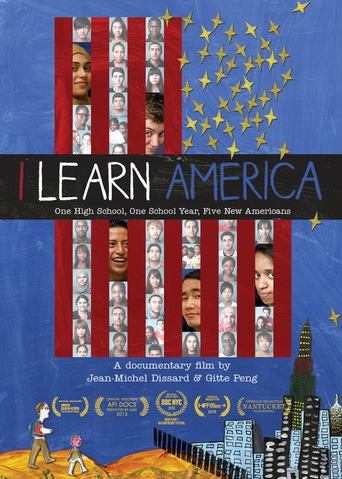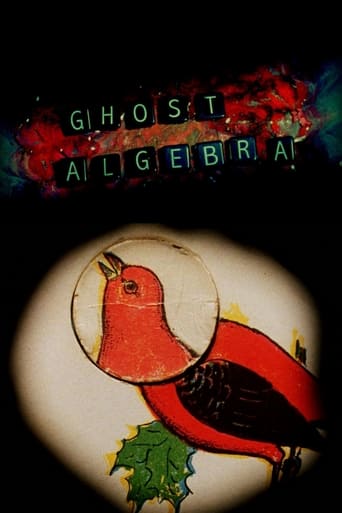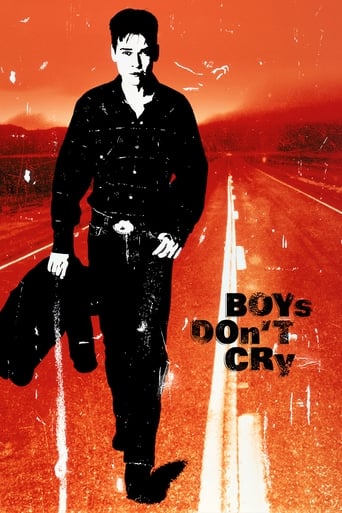Reel Injun (2010)
The evolution of the depiction of Native Americans in film, from the silent era until today, featuring clips from hundreds of movies and candid interviews with famous directors, writers and actors, Native and non-Native: how their image on the screen transforms the way to understand their history and culture.
Watch Trailer
Cast
Similar titles

Reviews
The first must-see film of the year.
This is a small, humorous movie in some ways, but it has a huge heart. What a nice experience.
By the time the dramatic fireworks start popping off, each one feels earned.
I didn’t really have many expectations going into the movie (good or bad), but I actually really enjoyed it. I really liked the characters and the banter between them.
Reel Injun is a wonderful primer for all things cinematic of the Native American portrayal in Hollywood. At once eye-opening, depressing but ultimately hopeful for future film generations. Well done.
The title "Reel Injun" is a play on the words 'real Indian' and is very appropriate because it focuses on the roles of American Indians in cinema ('reels') over the years. It covers the whole scenery, from Indians being featured in the very first "motion pictures", a series of photos on a wheel that would appear in motion when the crank was turned, all the way to present time when Indians are making their own movies about their own people, portrayed the way they really are.The history of the American Indian over the past 500-odd years is a really sad one. There were many tribes, of a mostly peaceful people. But the early settlers from Europe looked at them as savages, and ruthlessly killed or imprisoned them, banishing them from the land that had been their home for centuries. I remember as a kid growing up in the 1950s, learning about American History and seeing western movies, never giving a second thought about it. But now as a somewhat wiser adult I can see what an injustice it all was.So naturally Indians were portrayed as savages in early western motion pictures, building on that false stereotype. Gradually through the years their portrayal has gotten more and more realistic. The surviving Indians just want to be considered 'human' because that is what they are. They want the same treatment and opportunities as others in "the land of the free." Good film, it is hard to watch without shedding a tear here and there. One of the humorous parts, there was a famous actor Iron Eyes Cody, who became sort of an icon of "the real Indian" in movies. It turns out Iron Eyes was of Italian descent, born of immigrants in Gueydan, Louisiana, less than two months before my own father was born in the same general area. Iron Eyes' birth name was Espera Oscar DeCorti but was sympathetic to the Indian culture and lived his whole adult life as an Indian.Yes, we are all humans, we all come from different tribes, at different times in history.
It's important that you understand that this film IS directed by Neil Diamond. However, it is NOT the Neil Diamond that middle-aged ladies love to listen to but just someone with the same name. Do NOT approach the singer and congratulate him on this movie--he'll probably think you are a nut! This film is about the depictions of Native Americans in film and the stereotypes that you'll see in them. The film has some wonderful facts that really are interesting. It also has a really, really good point to make--that too often, they are treated as a monolithic group and not as people. Both the ridiculously noble as well as the crazed, blood-thirsty killer image are one-dimensional and really miss the mark. The film does a GREAT job in pointing this out and featured tones of wonderful interviews and clips of films with positive depictions.While I heartily recommend the film, I do have one big gripe with it. While it does not destroy the overall message at all, I really disliked how the film unfairly maligned John Ford and John Wayne by making a very broad over-generalization. While there was SOME truth that Wayne popularized killing 'Indians' in film, he and Ford did NOT create this myth of the evil native. In fact, several times Ford and Wayne made films that said the exact opposite. Yet, oddly, the film used one of these wonderfully sympathetic films to try to prove its case--a situation where the film makers either really did NOT see the film or they deliberately misrepresented it. They showed many clips from "The Searchers" and pointed out that Wayne was popularizing the evil Indian myth. This is the exact opposite of the meaning of this film. Wayne plays a man who is crazed--who is obsessed with killing these people. And, he is clearly BAD and the film condemns him for this!!! Also, other examples where Wayne and Ford made the natives real sympathetic people are also ignored in the film--a great example being "Fort Apache"--where Wayne argues with his commanding officer--insisting that the natives be treated with respect and honesty. To me, their anti-Ford/anti-Wayne argument is SOMETIME correct (such as in "Stagecoach") and sometimes not---and is, oddly, a case of stereotyping. Next time, think through your film analysis better--it would have made this a perfect or near-perfect documentary. Instead, it can detract from the film when the viewer is savvy concerning these films.
(I originally intended this to be a discussion post, but I figured it was more of a review, so that's why it's here) I came here hoping to see via the MovieConnections which films were referenced, so I could remember to seek out certain ones that intrigued me, particularly from the silent era. However, this film doesn't seem to get many viewers, and that section remains empty so far.This film can currently be seen on CBC's website for "The Passionate Eye", in the section for viewing online. I'm not sure how long it will be there, but it's been there at least for a week or two. There are some annoying and painfully loud commercials inserted in it (if Dove thinks this will make me their customer, they should be aware it's having the opposite effect on me, and I'm switching to store brands) but if you can ignore those, it's a good way to see it. (EDIT: Actually, this is NOT a good way to see it, if you have any other choice. They seem to have cut about 10-15 minutes from the film, as they appear to have done for most or all films they currently have online. There's no excuse for chopping up someone's work and representing it as the real thing. Shame on them.)I agree with both of the previous IMDb reviews. I was very surprised to learn about the varied history of native American "Injuns" on screen. But at the same time I felt that the narrator posed questions he didn't answer, and the travelling metaphor simply didn't work. Still, I give it an 8/10 for being crammed with information. I think with some additional work, it could be re-edited and expanded into a new film that could be 9 or 10.I've seen almost no films prior to late 1960's, having native American characters. But I have seen some of the more recent films they mentioned. I did like One Flew Over the Cuckoo's Nest, Dances With Wolves, Smoke Signals, and Black Robe, but did not think much of Little Big Man, and I was bored almost to death by Atanarjuat (The Fast Runner). That one is probably loved for historical purposes, and a lack of competition, but it's bad cinema.Probably the best film I've seen where the main characters are native American would be Ce qu'il faut pour vivre (The Necessities of Life). But maybe it was too recent to be included in Reel Injun.
